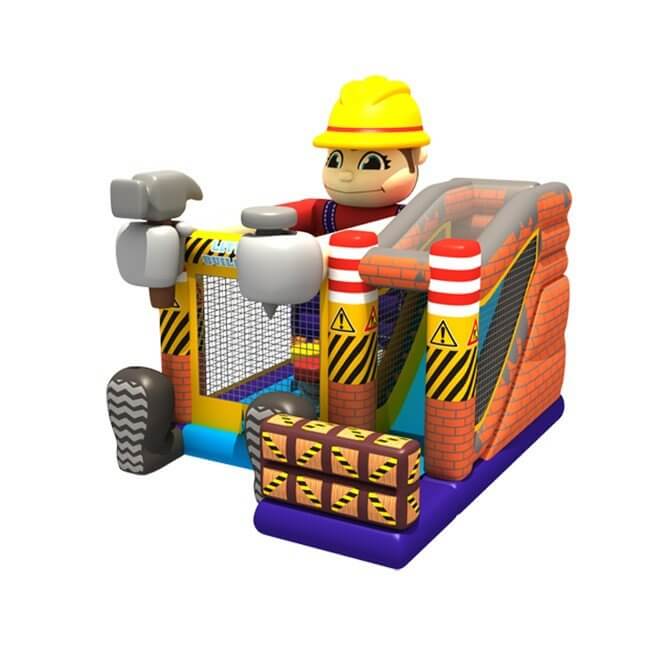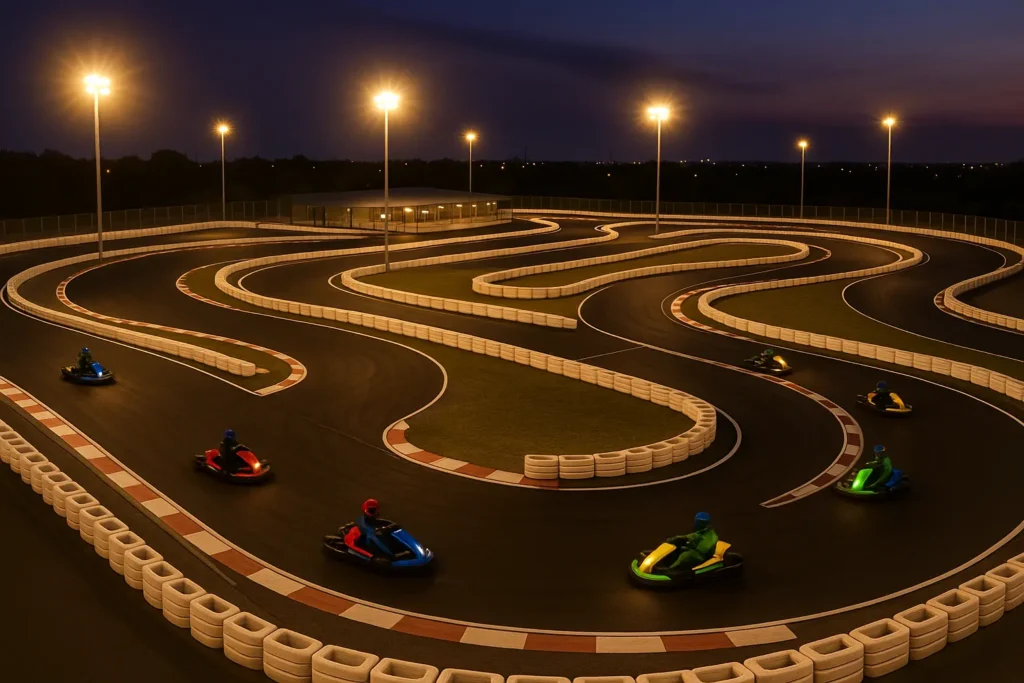Inflatable Bounce Houses: The Joyful Playground for Children
Inflatable bounce houses, also known as inflatable castles, inflatable slides, or inflatable trampolines, are beloved play structures for children and families. These inflatable structures are typically made of polyvinyl chloride (PVC) material and inflated using an air pump to transform them into large, soft, air-filled toys. Inflatable bounce houses are popular at children’s birthday parties, amusement parks, festivals, and family gatherings. This blog post delves into the origin, characteristics, safety, and how they bring joy to children.
Origin and Development
The history of inflatable bounce houses can be traced back to the 1950s, although the designs and functionality were far less advanced compared to today’s modern versions. The earliest inflatable toys were likely simple air mattresses for children to jump and play on. As technology progressed, these toys became more durable, safe, and versatile. In the 1970s and 1980s, inflatable bounce houses started to appear as public entertainment fixtures in theme parks, playgrounds, and children’s events.
Today, inflatable bounce houses have evolved into a diverse entertainment industry, not limited to children’s play areas. Commercial versions of inflatable castles can be massive, featuring slides, climbing walls, tunnels, trampolines, and various other elements, attracting kids and families to enjoy. Additionally, many companies offer inflatable bounce house rental services, allowing families to host birthday parties and special events in their own yards or indoor venues.
Characteristics of Inflatable Bounce Houses
Inflatable bounce houses possess several appealing characteristics that make them favorites among children and families. Here are some of the most prominent features:
1. Safety
Inflatable bounce houses typically have good safety features, with a soft inflatable surface that reduces the risk of injury while children play. They often come equipped with safety nets to prevent accidental falls or tumbles.
2. Creativity and Variety
Modern inflatable bounce houses come in a wide range of designs to suit various themes and occasions. Some are themed around astronauts, dinosaurs, princesses, and more, offering children opportunities for exploration and creativity. They may also include slides, climbing walls, tunnels, and other elements for kids to enjoy a variety of activities.
3. Interactivity
Inflatable bounce houses encourage interaction and cooperation among children. Kids can jump, chase, climb, and play together, fostering their social and teamwork skills.
4. Suitable for Different Age Groups
Inflatable bounce houses cater to children of various age groups. From toddlers to teenagers, there’s something for everyone to enjoy, tailored to their age and interests.
5. Portability and Ease of Setup
Inflatable bounce houses are typically foldable and lightweight, making them easy to set up and take down. Many families and commercial venues can quickly install these structures to meet their entertainment needs.
Safety Considerations
While inflatable bounce houses offer a high level of safety, some precautions should be taken to ensure the well-being of children. Here are some safety considerations:
1. Supervision
Children should always play in inflatable bounce house under the supervision of adults. Adults can ensure that kids follow the rules, avoid rough play, and behave safely.
2. Rules and Guidelines
Before using inflatable bounce house, children should be informed of the relevant rules and safety guidelines. This includes not jumping on top of each other, not climbing or hanging on the equipment, and maintaining order and mutual respect.
3. Regular Inspections
Individuals and organizations renting or owning inflatable bounce house should conduct regular inspections to ensure there are no leaks, tears, or other damages. If any issues are found, they should be repaired promptly.
4. Weather Conditions
Inflatable bounce houses should not be used in adverse weather conditions, such as strong winds, thunderstorms, or heavy rain. These conditions could pose risks to the stability of the equipment and the safety of children.

Benefits of Inflatable Bounce House
Inflatable bounce house not only provide fun and entertainment for children but also offer a range of other benefits:
1. Physical Activity and Exercise
Inflatable bounce house encourage children to engage in active physical activities like jumping, running, and climbing. This helps enhance their muscle strength, coordination, and physical fitness.
2. Social Skill Development
Inside inflatable bounce house, children have the opportunity to interact and cooperate with other kids, fostering their social skills, including communication, sharing, and teamwork.
3. Creative Play
The diverse designs of inflatable castles encourage children to unleash their creativity and imagine various role-playing scenarios, nurturing their creative thinking.
4. Stress and Anxiety Relief
Playing in inflatable bounce house can help children release stress and reduce anxiety. Jumping and running can promote the release of endorphins, elevating mood.
5. Suitable for Various Occasions
Inflatable bounce house are suitable for a wide range of occasions, including birthday parties, festive events, school activities, and outdoor gatherings. They add a lot of fun to these events.
Conclusion

Inflatable bounce house are entertaining and creative play structures for children, with a range of features and benefits. They offer a safe, interactive, and imaginative play environment while aiding in the development of various skills. Nevertheless, safety should always be a top priority. Regular equipment inspections and proper supervision of children ensure that they have a safe and enjoyable time inside inflatable bounce house. Regardless, these inflatable castles will continue to bring smiles and cherished memories to children and families.




